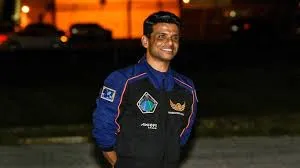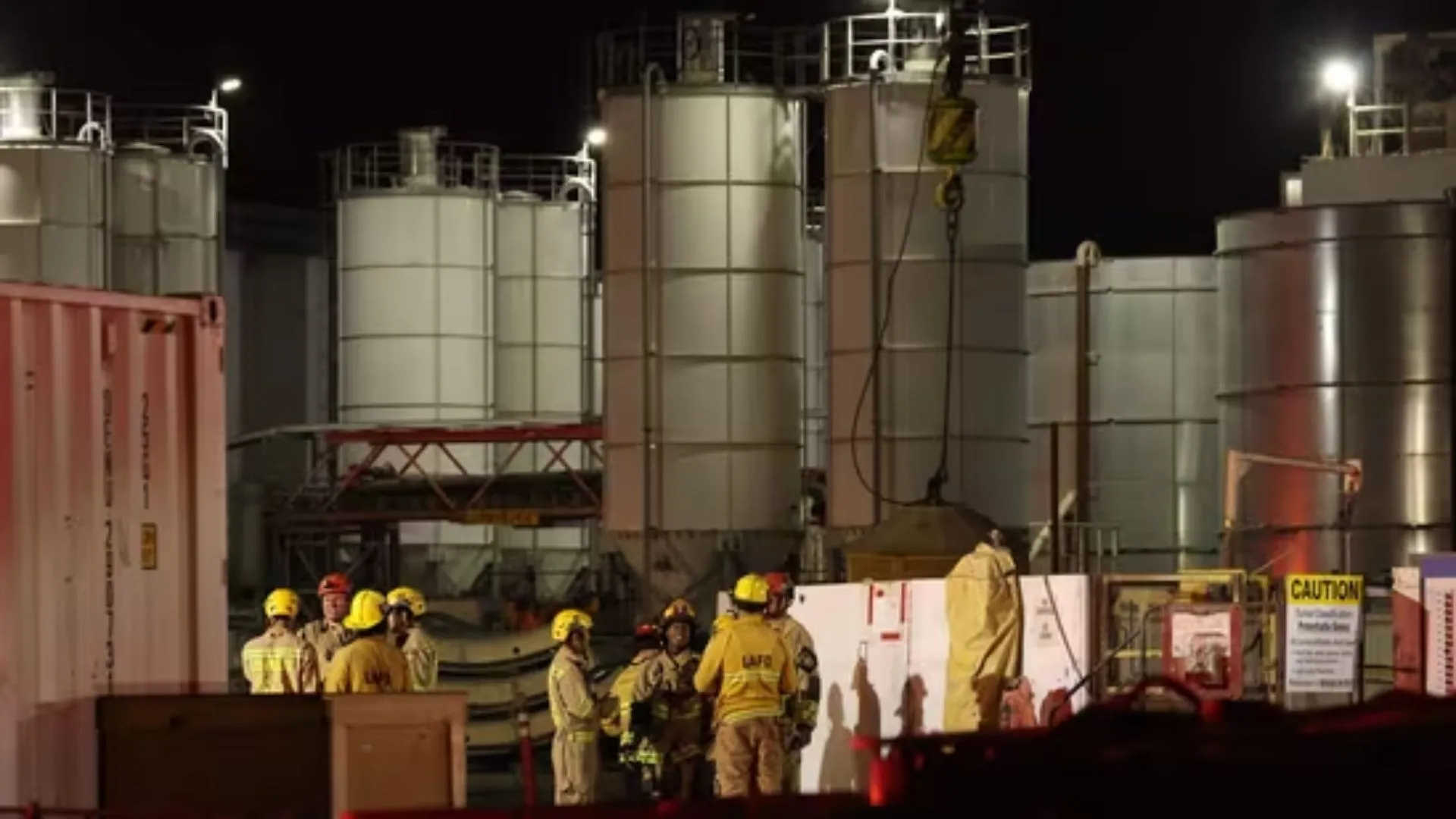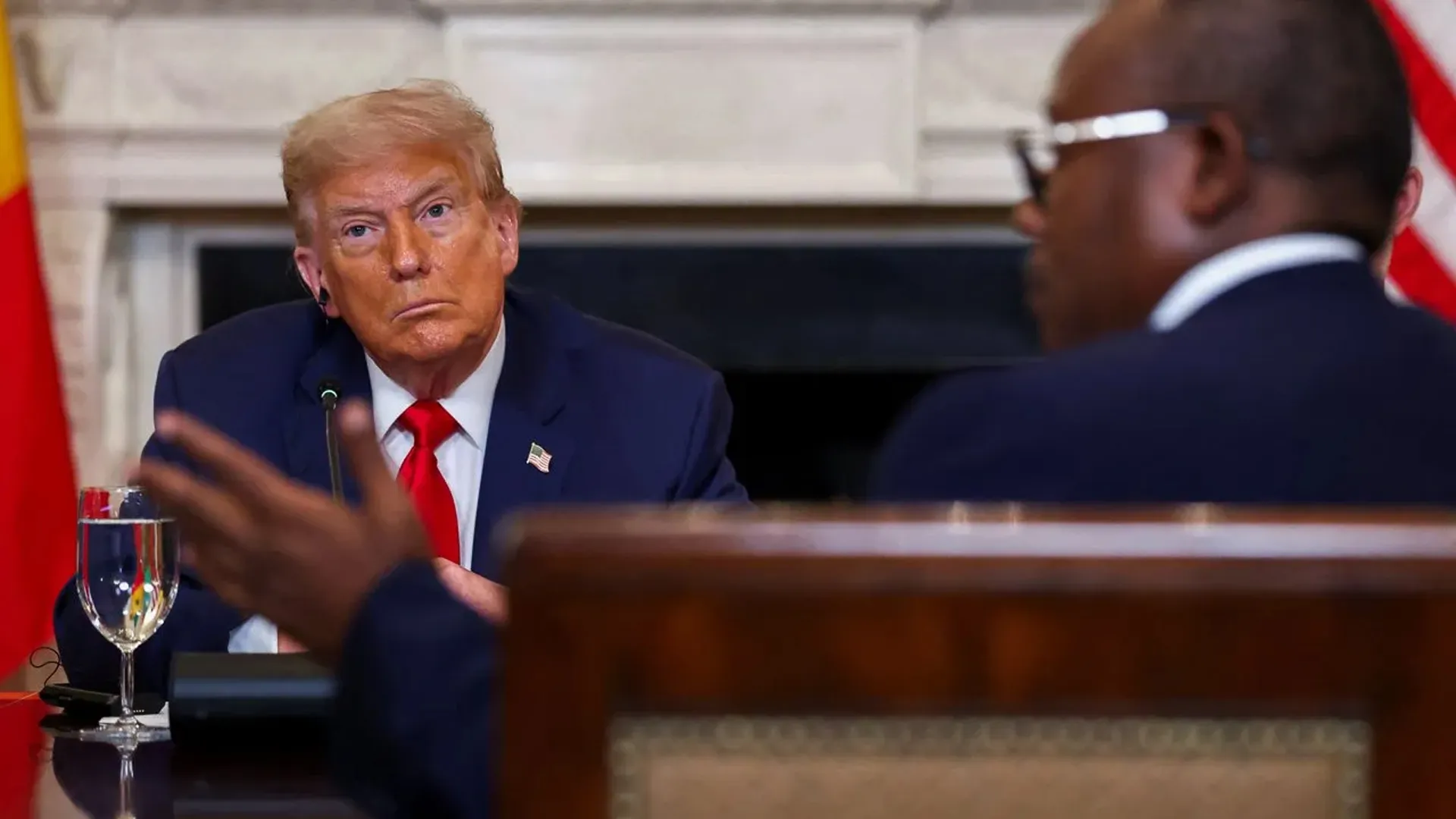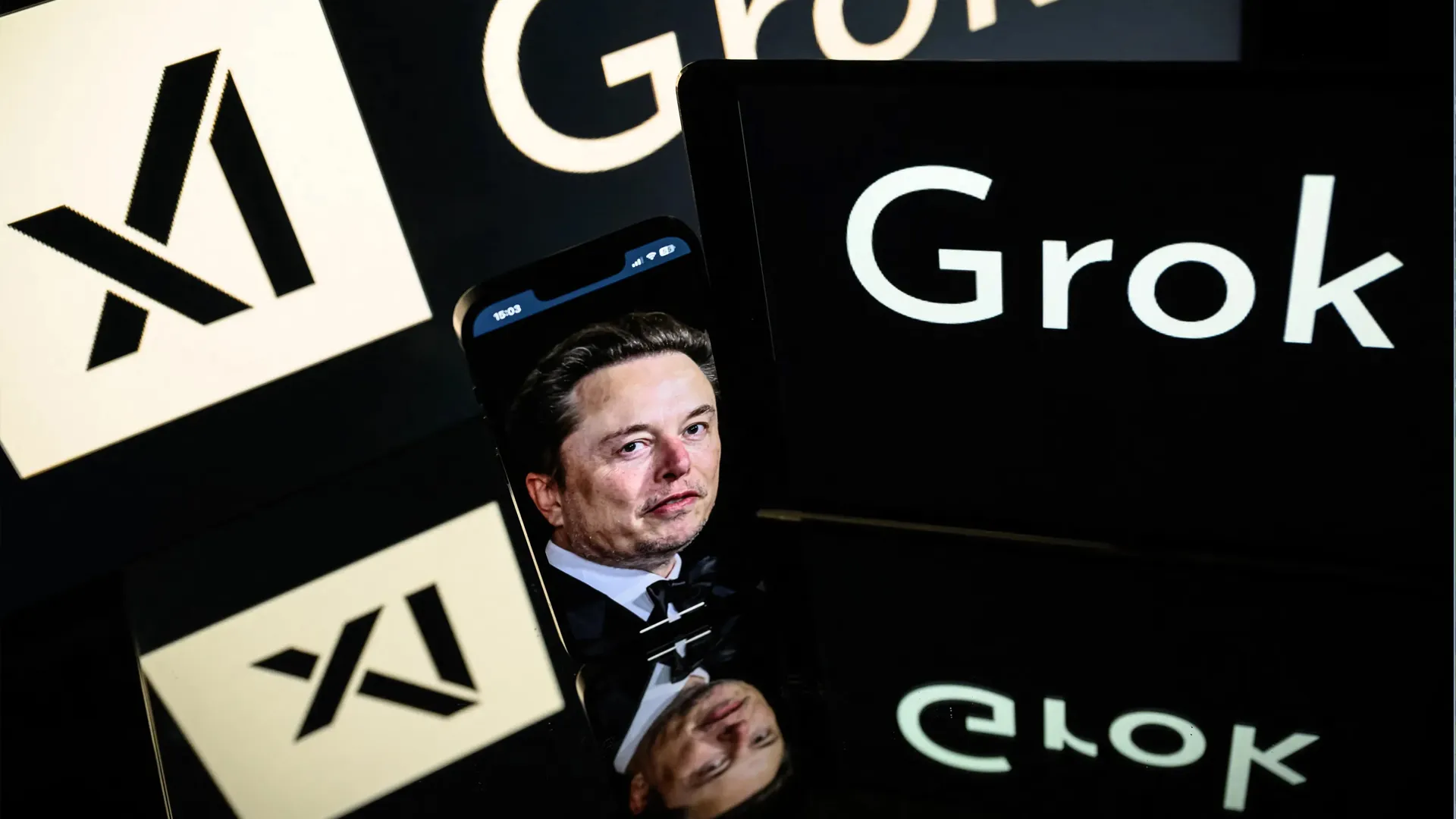In a proud moment for India’s space journey, IAF Group Captain Shubhanshu Shukla—fondly called ‘Shux’—has begun his first full day aboard the International Space Station (ISS) after a historic arrival on Thursday evening. He becomes the second Indian in space and the first Indian to reach the ISS, nearly 40 years after Rakesh Sharma’s 1984 Soviet mission.
Warm Welcome, Speeches, and Shared Dinner
After successfully docking via the SpaceX Crew Dragon spacecraft, Mr Shukla and the other three astronauts were welcomed by the seven-member crew already onboard. Emotions ran high as the astronauts hugged and shared laughs, followed by a traditional ‘welcome drink’ and a joint dinner—a long-standing ISS tradition.
Soon after, Mr Shukla addressed his team:
“I am feeling lightheaded. But that is not much of an issue compared to the things we will do here for the next 14 days. It is a very proud and exciting moment, a big step in our space journey.”
First Night in Space and Daily Routine Begins
After a full night’s sleep aboard the football field-sized ISS, Mr Shukla woke up to a day clocked minute by minute. As is customary, astronauts are given two hours for morning routines, followed by a 12.5-hour work schedule that includes:
- Safety briefings
- Scientific experiments
- Routine fitness exercises at the onboard gym
- Scheduled meals (breakfast, lunch, dinner)
- Observing 16 sunrises and sunsets from 400 km above Earth
Despite some expected space sickness and heavy-headedness, Shukla settled into the rhythm of space life, symbolizing India’s readiness for long-term manned missions.
A Nation’s Leap Beyond Earth
Mr Shukla’s mission is part of Axiom-4, a collaborative effort by NASA, Axiom Space, and SpaceX, which also includes astronauts from Poland and Hungary. This marks a monumental step for India, now visibly progressing toward building its own human spaceflight capabilities.
Famed astrophysicist Neil deGrasse Tyson noted that Shukla’s mission reflects more than just national pride:
“This voyage of an Indian astronaut can be seen as part of a broader context of India’s reach into space… a stepping stone towards independent astronaut launches.”






















